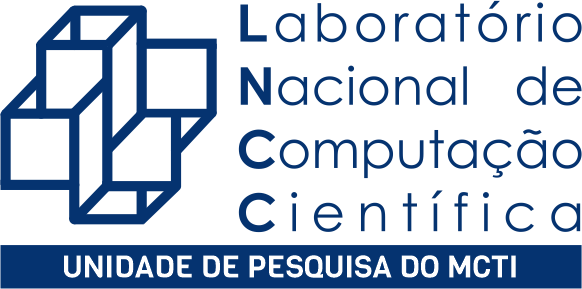EVENTO
From medical image processing to in-vivo mechanical characterization: A framework based on IVUS studies. - TESE DE DOUTORADO
Tipo de evento: Seminário LNCC
Cardiovascular diseases is the principal cause of mortality and morbidity worldwide mostly due to myocardial infarction and stroke. The understanding of genesis, development and progression of such diseases is key for effective diagnosis, treatment and surgical risk assessment. Notorious advances have been performed in the histological characterization of culprit plaque for such events, although in-vivo techniques for tissue characterization are still an open area of research. Thus, we propose a framework that settles the basis for the in-vivo characterization of the arterial wall tissues composed by: novel image processing methods for medical image enhancement (gating, registration and denoising of high frequency ultrasonic images) and optical flow estimation; detailed mechanical models for coronary arteries; and an efficient data assimilation method for tissue characterization. The thesis is structured in three parts: i) the medical image processing; ii) the biomechanical parameters estimation and iii) the medical applications. Particularly, we use the Intravascular Ultrasound (IVUS) as medical image technique, even though, the second part of the thesis is sufficiently generic for other of image technique as well.In the first part, we present methods to enhance and retrieve data of the vessel deformation and spatial description. A novel gating method is proposed to obtain the vessel description at each instant along the cardiac cycle. Due to movements of the sensors during the image acquisition, we propose a registration method that correct the sensor displacement in the transversal plane of acquisition and along the axis of the vessel. To improve the signal-to-noise ratio of the ultrasound, we propose a denoising method based on the speckle noise (ultrasound characteristic noise) statistics which outperform the classic denoising solutions (TV-L1). Using the three previous methods, we present a methodology to obtain the optical flow of a vessel cross-section during the whole cardiac cycle.In the second part, we scrutinize state-of-the-art literature about the arterial anatomy and mechanical behavior with particular focus on the coronary arteries. Hence, we describe the pathophysiology of the atherosclerosis (which is the most common disease in those arteries) and mechanical alterations of the constitutive tissues within the affected vessels. Then, we address the tissue characterization problem by estimating the constitutive parameters of the arterial tissues with a reduced-order unscented Kalman filter. Using the surveyed data and appropriate constitutive models, we study the appropriate setup for such filter and its capabilities for tissue estimation. Then, we use the optical flow derived in the first part of the thesis to characterize the tissues in-vivo.Lastly, a third part presents a multimodality comparison for the generation of geometric arterial models from medical images. Specifically, we compare coronary computed tomography angiography (CCTA) versus coronary angiography fused with intravascular ultrasound in terms of geometric descriptors and hemodynamic indexes derived from the geometric models. In this study we employ the gating and registration techniques developed in the first part of the thesis.
Data Início: 31/03/2017 Hora: 07:00 Data Fim: Hora: 07:00
Local: LNCC - Laboratório Nacional de Computação Ciêntifica - Auditorio A
Comitê Organizador: Gonzalo Daniel Maso Talou - University of Auckland - - gonzalot@lncc.br


